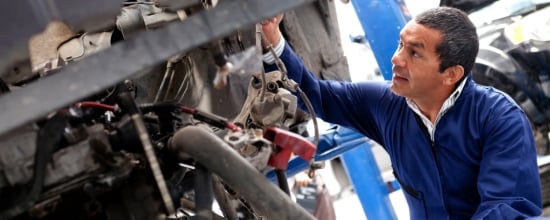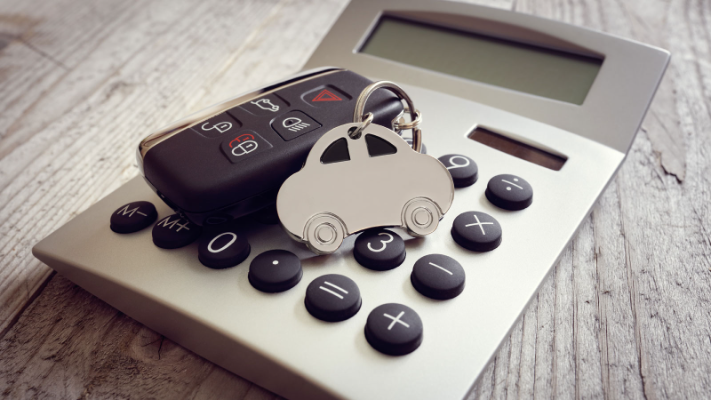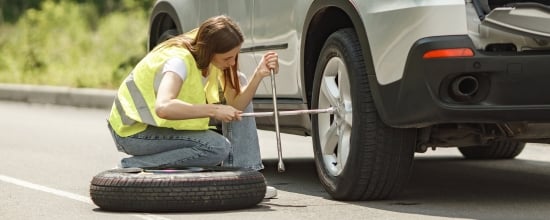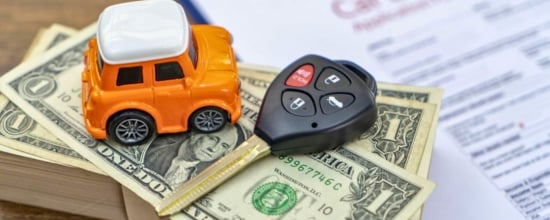1. Exterior Inspection
Body Condition
Look for rust, dents, and scratches. Rust in wheel wells and undercarriage is a concern. Check paint for unevenness or mismatches, which may mean prior repairs. Ensure panel alignment; misaligned panels could signal accident damage.

2. Interior Inspection
Tires and Wheels
Examine tire tread depth. Worn tires affect safety. Check for uneven wear, hinting at alignment or suspension issues. Inspect wheels for damage or curb rash.

3. Engine Inspection
Windshield and Windows
Check for cracks or chips in the windshield. Small ones can be fixed; large ones may need replacement. Ensure windows roll up and down smoothly and quietly.

4. Underbody Inspection
Seats and Upholstery
Look for stains, tears, or excessive wear on seats. Check seat adjustments. Inspect carpets for stains or damage.

5. Test Drive
Dashboard and Controls
Verify dashboard gauges and lights work. Test radio, climate control, and other controls. Look for dashboard damage or wear.

6. Electrical Systems Check
Interior Cleanliness
A clean interior is a good sign. Check for odors like smoke or mold.
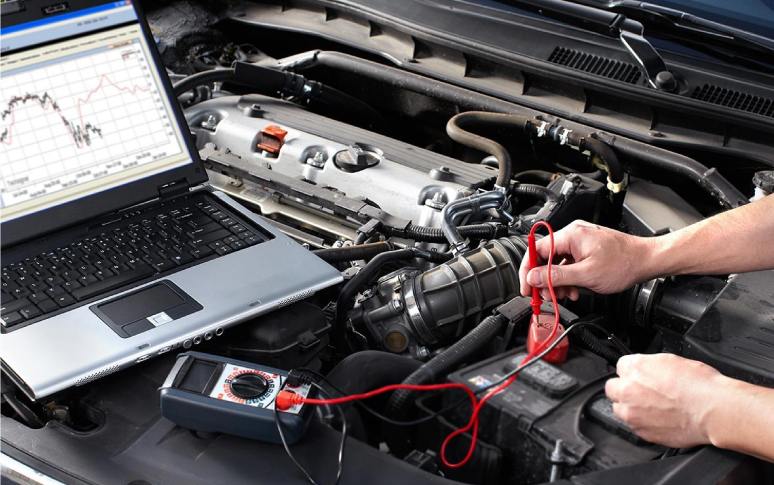
7. Documentation Check
Oil and Fluids
Check oil level and condition. Dirty or low oil may indicate neglect. Inspect other fluids. Look for leaks.

8. Conclusion
Belts and Hoses
Check their condition. Worn ones can lead to breakdowns. Ensure proper attachment.








